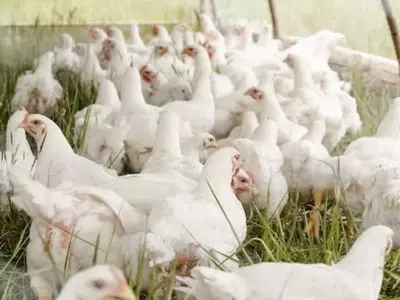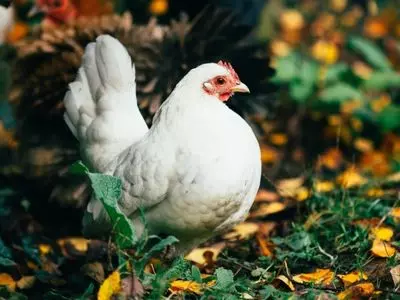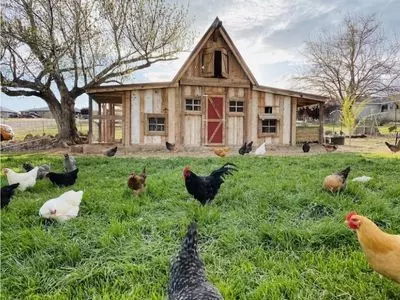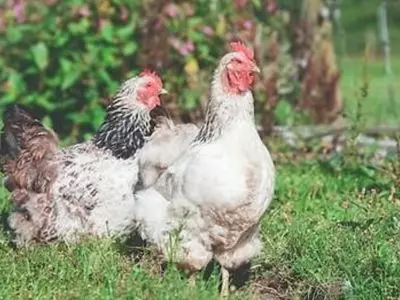No products in the cart.
Chicken
What is the Best Bedding for Chickens in the WINTER?
What is the best bedding for chickens in the winter, or just in general? There are a few options available, each with its benefits and drawbacks. This article will discuss the different types of bedding available and tips on choosing the right one for your flock. So if you’re looking into what the best bedding is for chickens, then keep on reading.
*This post may have affiliate links, which means I may receive commissions if you choose to purchase through links I provide (at no extra cost to you). As an Amazon Associate I earn from qualifying purchases. Please read my disclaimer for additional details.
Benefits of Using the Correct Type of Bedding

How to Choose the Best Bedding for Chickens

Chicken Type
One of the most important factors to consider is your chicken type. Different chicken breeds have different preferences when it comes to bedding. For example, some chicken breeds like to scratch and dig, while others prefer a softer surface. Read More: Black and White Chicken Breeds. These beautiful chickens would make a great addition to any flock!Climate
Another essential factor to consider is the climate. If you live in a hot environment, you’ll want to use bedding that helps keep your chickens cool and comfortable. Conversely, if you live in a cold climate, you’ll wish for bedding that helps keep your chickens warm and dry.Available Space
The final factor to consider is the amount of space you have available. If you have a large flock, you’ll need more bedding than a small flock. Additionally, if you have limited space, you’ll want to choose bedding that doesn’t take up too much room. Read More: What is a Chicken Tractor Coop? Chicken tractors can be moved around your yard to fertilize the grass and give your chickens a fresh place to graze. Learn more!Types of Bedding

Straw
Straw bedding is one of the most popular options for chicken bedding.- It’s very absorbent which helps to keep the chicken coop dry and free from bacteria.
- It can also help to provide a bit of insulation when it comes to cooler temperatures.
Wood Shavings
Wood shavings are a great option if you live in a wet climate as they are very absorbent. They also provide adequate insulation in cooler months. It’s easy to access but it is a similar situation as with the straw where cleaning is more like replacing the bedding.Sand
Sand is actually pretty absorbent as well so it’ll be great for those in wet climates or who have bodies of water close by their ducks. Unfortunately though, sand is not very insulating for the winter and it can get very hot in the summertime if it’s not shaded.Grass Clippings
Grass Clippings are free and probably one of the most natural chicken bedding materials as this is likely what they’d use in the wild. Grass clippings can be easy to have if you have a yard with good tall grass. Otherwise, it might be hard to find in large quantities. They also will need to be replaced frequently as the straw or wood chips would. Each type of chicken bedding has its benefits and drawbacks, so choosing the style that best suits your needs is essential. Read our related article on How to Keep Duck Bedding Dry. Wet bedding spells disaster for your livestock. Here’s how to keep it dry.How to Prepare and Use Bedding for Chickens
There are a few different types of bedding that can be used for chickens, but not all of them are equally effective. Here’s a step-by-step guide to preparing and using bedding for chickens:- Choose the type of bedding you want to use. Straw and wood shavings are the most common options, but others are also available.
- Prepare the bedding by fluffing it up or chopping it into smaller pieces, depending on your type.
- Place the bedding in the chicken coop, leaving enough space for the birds to move around freely.
- Change the bedding regularly, at least once a week, or more often if necessary. It will help to prevent the spread of disease.
- Safely dispose of the old bedding by composting it or placing it in the trash.
Which Type of Bedding is Best for a Flock?
When it comes to chicken coops, there is no one-size-fits-all answer when it comes to bedding. Various materials are used, and the best bedding for your flock will depend on several factors, including the climate, the size of the coop, and the preference of your chickens. Some of the most popular types of bedding include straw, wood chips, pine shavings, and sand.- Straw is a popular choice because it’s absorbent and insulating, but it can be challenging to clean out and may harbor pests.
- Wood chips are absorbent and help control odors, but they can be messy and difficult to keep dry.
- Pine shavings are soft and comfortable for chickens but can be dusty and pricey.
- Sand is an excellent choice for absorbency and cleanliness, but it can be hard on chicken feet and tough to keep dry in wet climates.

